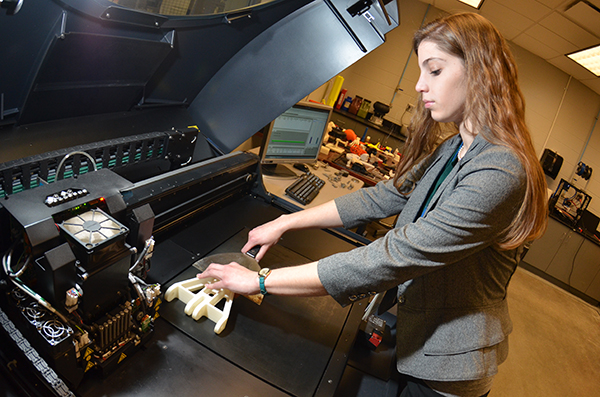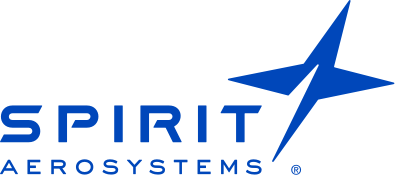
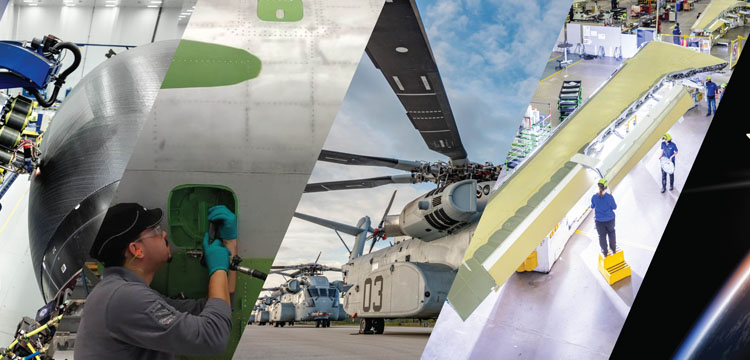
How Aerospace Plans to Meet Its Daunting Workforce Challenges
With air travel around the world growing at the robust rate of five to seven percent annually and the demand for commercial aircraft faithfully keeping pace, it can be said that aviation is in an historic period. Consider the facts. Fewer than 20 percent of people have ever flown, and 100 million people in Asia take their first flight each year.
This soaring growth will drive demand for more than 42,000 large new aircraft over the next 20 years, up from the current installed base of 26,000. We are already seeing the results of that trend: record orders from airlines for new planes, which, have generated an historically large backlog of 13,500 aircraft worth more than $2 trillion. Incredibly, that represents eight years of production, which the aerospace industry is scrambling to meet by ramping up assembly.
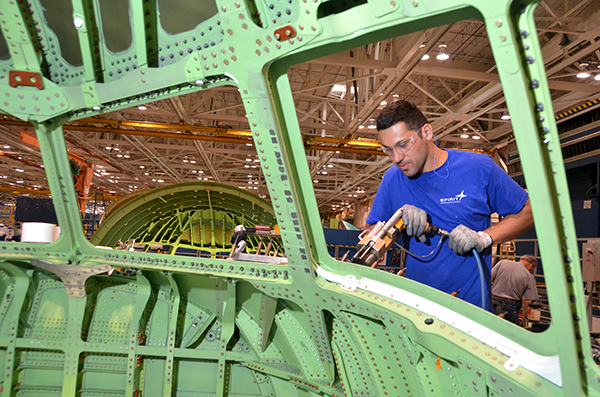
If this period of unprecedented growth is to continue, some crucial questions must be addressed. First, how will we ever build all these aircraft when we’re experiencing shortages of skilled tradespeople and qualified mechanics to keep abreast of expanded production schedules? Second, how will we innovate to bring down the cost of aircraft, improve fuel efficiency and reduce carbon emissions when our colleges and universities are struggling to turn out sufficient engineers and technically qualified graduates? Third, who will fly all these planes given the projected shortage of pilots? And finally, will we have sufficient air traffic controllers and ground maintenance personnel to manage the huge influx of aircraft and passengers?
In short, how will aviation ever keep up with these escalating demands?
One of the best ways is to build excitement and interest in the global aerospace industry as a compelling career pathway for a new generation of talented workers. Here, we can learn from other countries like the U.K. and Germany, which have developed strong apprenticeship programs. Indeed, as we’re seeing even in our own country, there are multiple ways to ensure we have a strong base of skilled people to lead our industry into the future. These include incorporating the right mix of rewarding manufacturing jobs, technical college programs, tuition reimbursement and the ability of workers to advance to executive-level positions within aerospace companies.
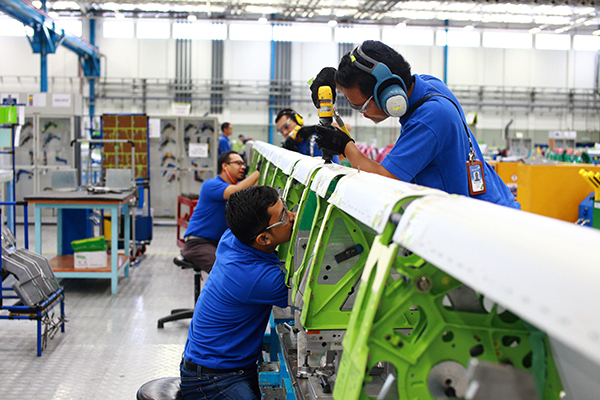
At Spirit AeroSystems, we’re well aware of – and actively support – each of these workforce strategies. For example, we have significantly increased hiring from local technical and science colleges such as WSU Tech, affiliated with Wichita State University, which now allows students to transfer their credits to four-year degree programs. Spirit also provides its employees tuition reimbursement, which we’re proud to say more than 500 people have taken advantage of by enrolling in college courses.
We’re further working to develop, encourage and retain skilled employees through competitive pay and by consistently promoting from within. Each year, Spirit promotes about 90 hourly employees to managers and 10 managers to executives. To show we practice what we preach, our current ten-member executive leadership team consists of five individuals who started their careers as hourly employees.
The bottom line is, there are multiple routes an aerospace industry worker can take today to build a successful career – all of them respectable. And with the demand for air travel stretching the system like never before, our ability to fill our ranks with a steady stream of talented and motivated workers will help chart the flight path of aviation for years to come.
